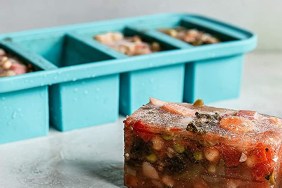Breastfeeding is one of the best ways to bond with your baby. It’s an intimate moment between a mother and child. While many new moms love the bonding moment, there are some who either don’t enjoy breastfeeding or can’t due to the lack of proper breast milk supply. And that’s okay! However, before you decide whether or not you’ll breastfeed, it is useful to get…








